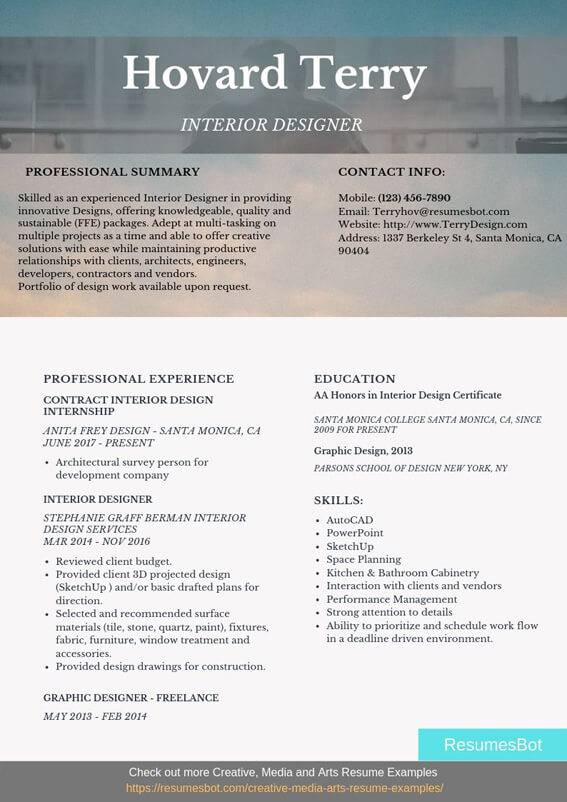

Sketchup 2014 for dummies pdf pdf#
To download a PDF of the Quick Reference card, click the link that corresponds to your operating system: Keep it handy as you start using SketchUp and you’ll learn to model quickly and efficiently. The Quick Reference Card is an easy-to-print guide to all the SketchUp tools and their modifier keys. Viewing the SketchUp Quick Reference Card See the Status bar section earlier in this article for details. If the Instructor offers more detail that you need, remember that the status bar also offers tips on using the selected tool.
Sketchup 2014 for dummies pdf how to#
The Instructor teaches you how to use the currently selected tool. To turn on the Instructor, shown here, select Window > Instructor, which you find in the Default Tray. To turn on the Instructor, shown here, select Window > Instructor, or click the question mark icon in the status bar. Learning how to use SketchUp toolsĪs you use SketchUp, the Instructor and the status bar give you pointers on using each tool. To reopen a tray, select it from the Window menu. The Default Tray appears when you open SketchUp, but you can close any tray by clicking its Close button. On the right side of the screen, you see a tray of panels, including the Instructor, Materials, Styles, and so on. Toggle the tray so it's visible or hidden via the Window > Default Tray submenu.

The Default Tray appears when you open SketchUp, but you can close the Default Tray of panels by click the Close button in the upper right. These options help you work with advanced SketchUp features that are beyond the scope of this article. Note: On the left side of the status bar, you find buttons to geolocate and claim credit. You can also use this box to manipulate currently selected entities (such as creating a line that’s a specific length) or to create evenly spaced copies of entities (such as columns, fencing, or housing blocks in a post-industrial dystopia).


 0 kommentar(er)
0 kommentar(er)
